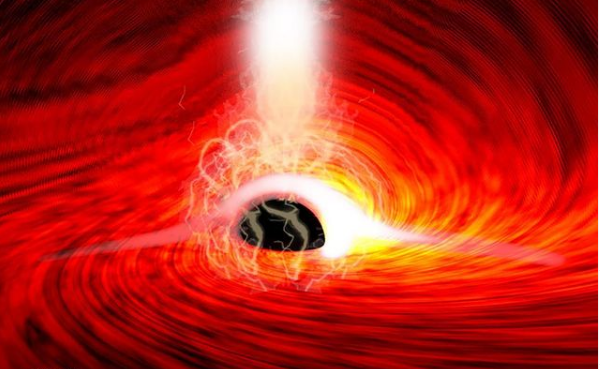For the first time, scientists have detected light from behind a black hole,
and it fulfills a prediction rooted in Albert Einstein’s theory of general relativity.
Stanford University astrophysicist Dan Wilkins and his colleagues observed X-rays that were released by a supermassive black hole at the center of a galaxy about 800 million light-years from Earth.
“Any light that goes into that black hole doesn’t come out, so we shouldn’t be able to see anything that’s behind the black hole,”
said Wilkins, study author and research scientist at the Kavli Institute for Particle
Astrophysics and Cosmology at Stanford University and SLAC National Accelerator Laboratory.
However, the black hole’s strange nature actually made the observation possible.
“The reason we can see that is that black hole is warping space,
bending light and twisting magnetic fields around itself,” he said. Tap the link in our bio to learn more.



